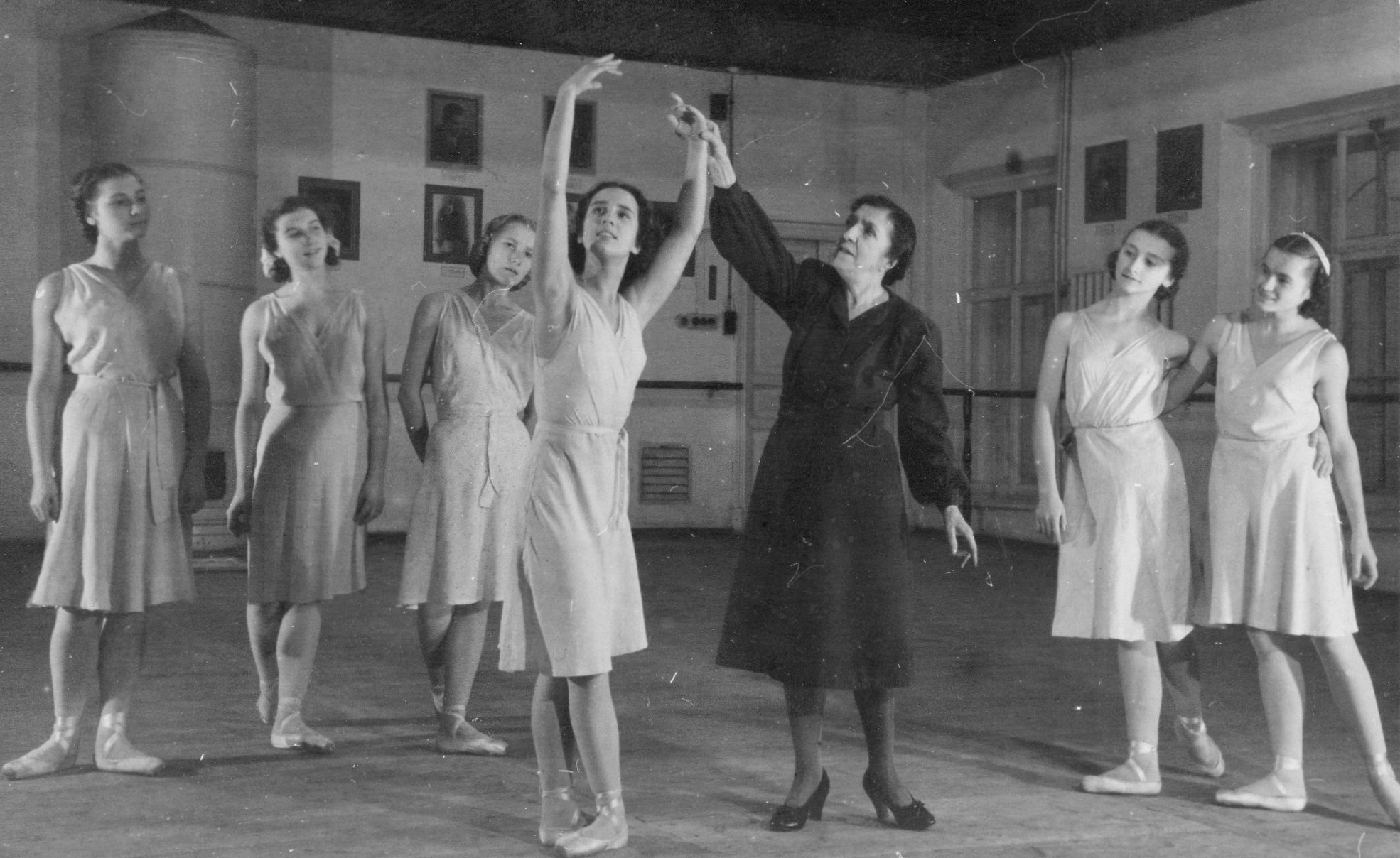
20 Sep Techniques and Styles: The Vaganova Method
The Vaganova method is a method of teaching classical ballet that was developed by Agrippina Vaganova. This method fused the romantic style of the French ballet and dramatic soulfulness of the Russian character with the athletic virtuosity that characterizes the Italian school to reform the old imperial style of ballet teaching. Vaganova was a student at the Imperial Ballet School in Saint Petersburg, graduating in 1897 to dance professionally with the school’s parent company, the Imperial Russian Ballet. She retired from dancing in 1916 to pursue a teaching career. Following the Russian revolution of 1917, she returned to the school as a teacher in 1921. This method has become known worldwide as the Vaganova method and led to her being made director of the school, training some of the most famous dancers in history.
Through the 30 years she spent teaching ballet and pedagogy, Vaganova developed a precise dance technique and system of instruction. Tenets of the Vaganova method include the development of lower back strength and arm plasticity, and the requisite strength, flexibility, and endurance for ballet. Much of her work was focused on the capability of the dancer to perform a classical pas de deux and the skills necessary for such a performance. In terms of pedagogical training, Vaganova concentrated attention on precision in a teacher’s instruction, particularly when to teach what, how long to teach, and in what amount.
In 1948, Vaganova authored a book titled “The Foundation For Dance” (more commonly known as “Basic Principles of Russian Classical Dance”). The book outlined her ideas on ballet technique and pedagogy. This notated and progressive training program has produced some of the best dancers in the world, including Anna Pavlova, Natalia Makarova, Rudolf Nureyev, Mikhail Baryshnikov, the legendary choreographer George Balanchine, and professional dancers in almost every company in the world. In 1957, the school was renamed the Vaganova Ballet Academy in recognition of her achievements. Today the Vaganova method is the most common method of teaching ballet in Russia. It is also widely used in Europe and in North America. The Vaganova Ballet Academy continues to be the associate school of the former Imperial Russian Ballet, now known as the Mariinsky Ballet.
The Vaganova method is considered to be very clean, with precise movements that express clean lines yet softness underneath. Even though a Vaganova-trained dancer would be very strong and clean, she/he would still be soft and perform well on stage without robotic stiffness. There are eight levels up to diploma that this international syllabus follows. Early training focuses on epaulement, or the stylized turning of the shoulders and body, which is partnered with the development of total stability and strength in the back to produce harmonious coordination of the body and continuity of movement. This core of strength enables consistently precise, easy movement of the body; the training in epaulement, in turn, instills in the dancer intuitive anticipation of how best to use every part of his or her body to evoke breathtaking results, right down to the hands and eyes. The Vaganova Method’s codified technical approach thus makes for INJURY-FREE training emphasizing the simultaneous development of both technical proficiency and individual artistry, and a complete range of movemental expression that comes out of proper placement and a strong classical dance foundation.
This scientifically proven method involves the systematic study of all ballet movements by breaking them down into their separate elements and is characterized by impeccable precision, attention to detail, ease of execution, emotion-evoking grace, and individual creativity.
